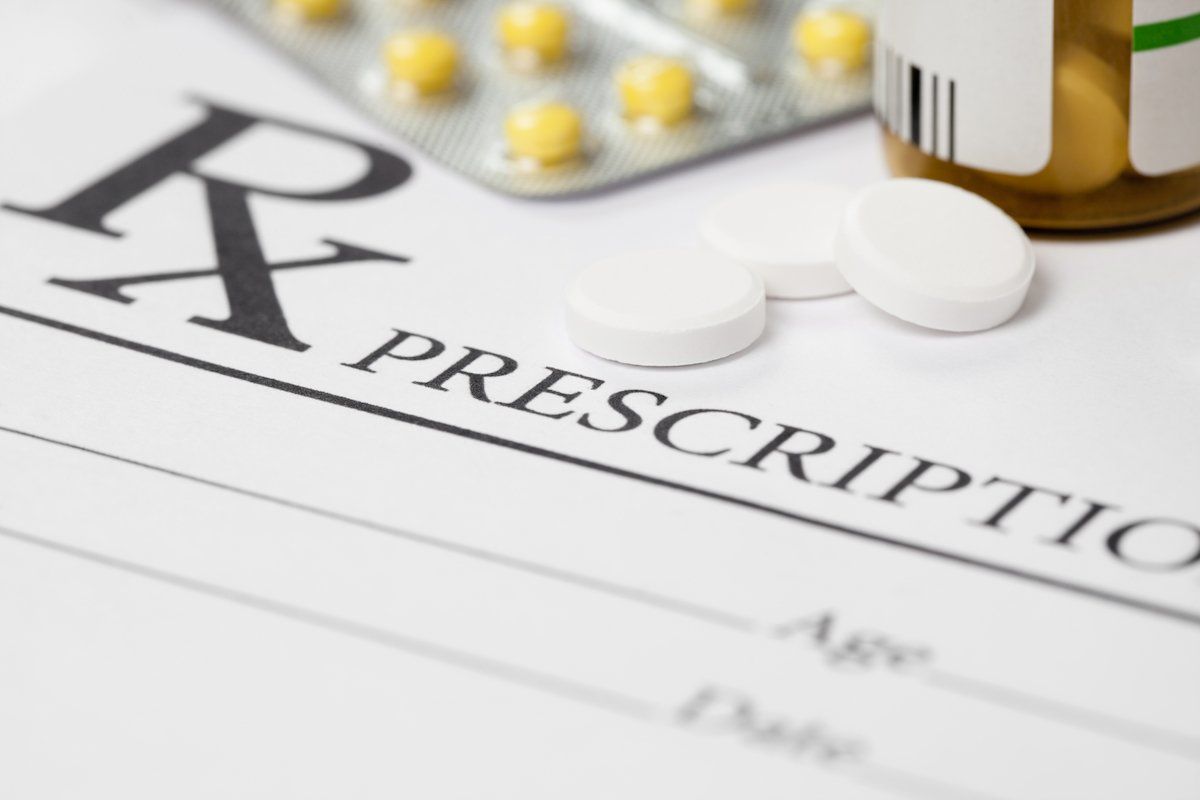Gabapentin, Baclofen Misuse on the Rise in US Adults
A new study shows increases in the misuse of non-opioid medications among US adults coinciding with decreases in opioid prescribing.

A new study points to an increase in exposure and toxicities associated with the use non-opioid medications, underscoring a rise in related suicide attempts and hospital admissions as a result of misuse among US adults.
The study, published in Clinical Toxicology, examined misuse and toxicity trends associated with gabapentin and baclofen.
Although opioid medication prescriptions have sharply declined between 2012 and 2017, prescriptions for nonopioid pharmacological therapies have increased as patients require different approaches to pain management. Current prescribing guidelines from the CDC recommend non-opioid pharmacological therapy and non-pharmacologic therapy when available and appropriate as an alternative treatment for patients with chronic pain.
Related: Alternative Approaches to Opioids
Although considered safer than opioids, gabapentin and baclofen have also been associated with misuse, dependence, and related toxicities. The researchers indicated that expanded use of and access to these medications may have resulted in a greater potential for misuse, attempted suicide, and adverse clinical outcomes.
For the study, the researchers used data from gabapentin and baclofen exposures captured by the National Poison Data System (NPDS). From 2013 to 2017, there were 74,175 gabapentin exposures reported in the NPDS. During this time period, all gabapentin exposures increased by 72.3%: isolated exposures increased by 67.1% and isolated abuse/misuse exposures increased by 119.9%, according to the study.
For baclofen, all exposures increased by 36.2% from 2014 to 2017. Isolated exposures increased by 35% and isolated abuse/misuse exposures increased by 31.7%.
Additionally, the analysis showed that co-ingestions of sedatives and opioids were common for both medications. Health care facility admissions were required in 16.7% of isolated gabapentin exposures and 52.1% of baclofen exposures.
Over the 5-year period, intentional suspected suicide attempts with isolated gabapentin exposures increased by 80.5% and by 43% for isolated baclofen exposures over the 4-year period.
All increases were seen across all US states.
Trending: FDA OKs Expanded Indication for Vascepa in Cardiovascular Risk Reduction
Intentional exposures represented approximately 70% of total reported exposures to both gabapentin and baclofen, according to the study. This prevalence indicates the need for identification of risk factors associated with suicide and misuse when prescribing these medications in addition to patient safety, storage, and dosing education, the researchers noted.
“Patients who are prescribed these medications should be screened for substance use disorders, mood disorders, and suicidal ideation utilizing validated screening tools and the prescription drug monitoring program,” they wrote in the study.
References:
Reynolds K, Kaufman R, Korenoski A, et al. Trends in gabapentin and baclofen exposures reported to US poison centers. Clinical Toxicology. 2019. https://bit.ly/2LcAOEL